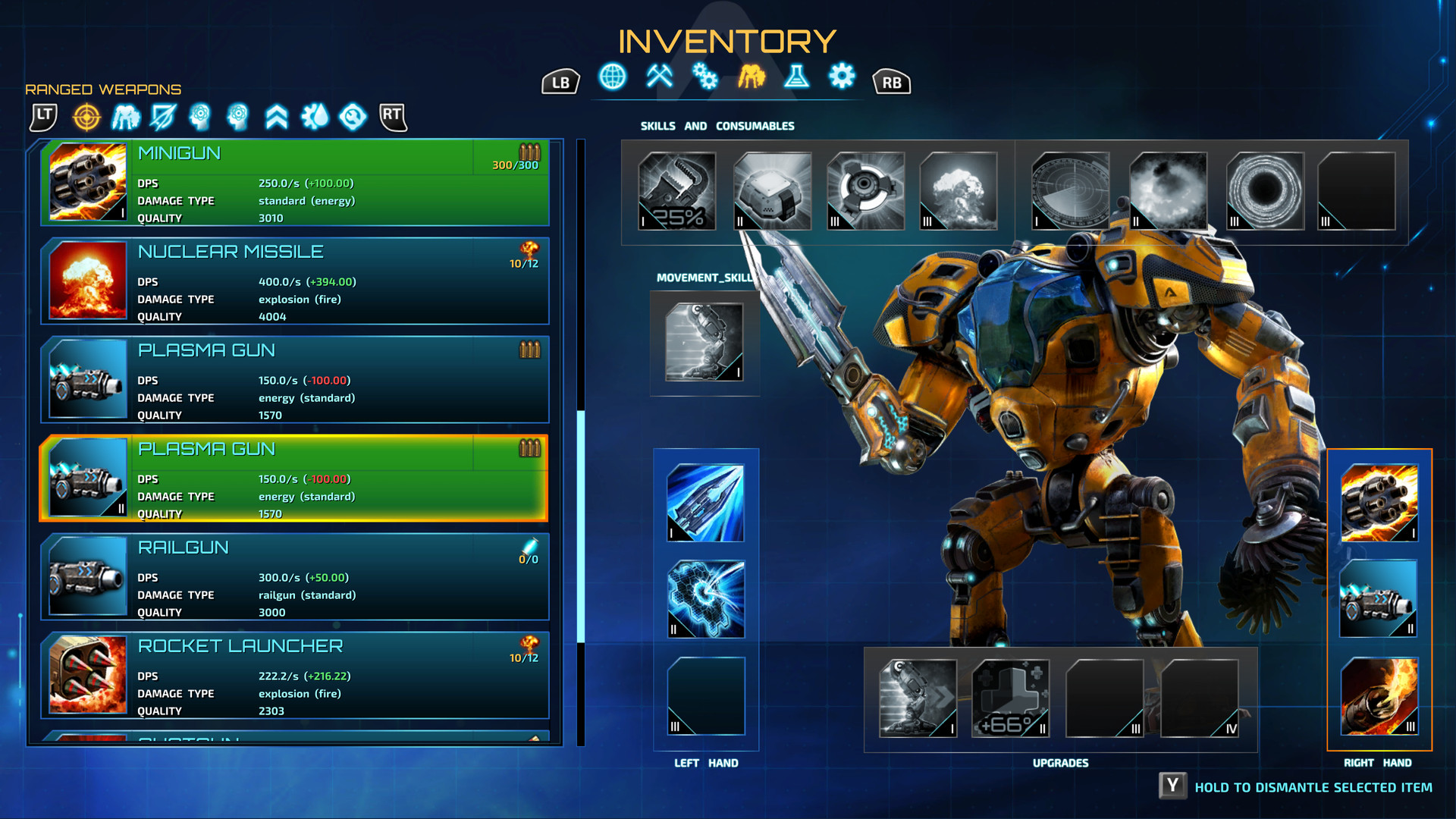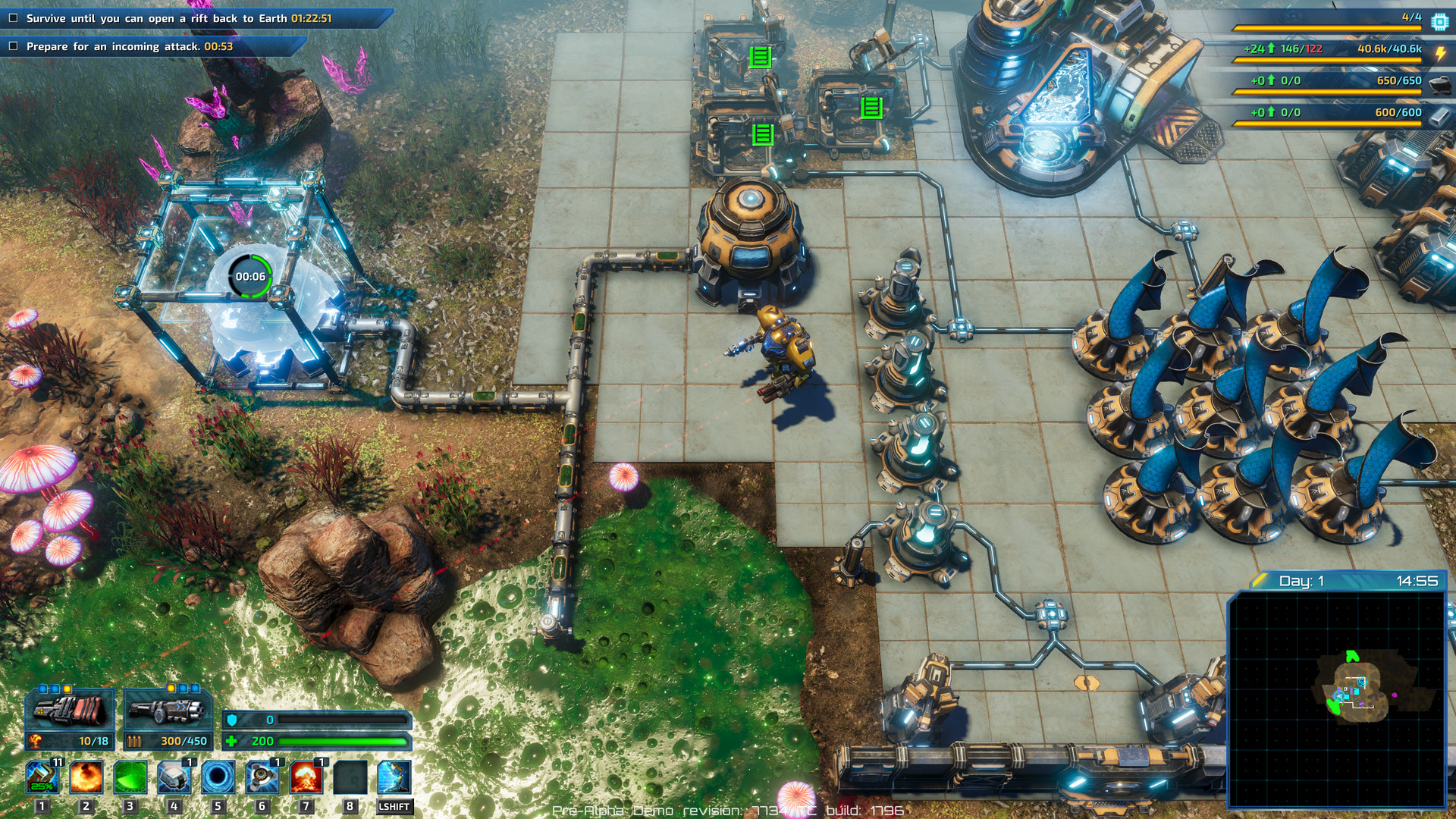RiftBreak Mac OS
- The Riftbreaker, free and safe download. The Riftbreaker latest version: Establish a base in a distant planet. The Riftbreaker is a strategy and actio.
- Download PP iOS 8.4 Jailbreak for Mac OS X. Once downloaded, unzip the contents to your desktop.
There are a few reasons why you might want to reinstall macOS (or even Mac OS X). Perhaps your Mac is working erratically and you think that a clean install of the operating system might fix the. Please watch: 'How to Download Unlimited Music On iOS 13.2! - Get Songs For Free!' -Click SHOW MORE For Downl. Recently, I’ve been made aware of problems with installing and running macOS builds of my games. This is not entirely surprising; I provide these builds as-is because I’m not a Mac developer and have a very limited ability to test these. I was able to track down what seems to be causing problems with the help of some Mac-owning friends. If you’re having problems you read through and try.
When the Mac cannot start with the built-in macOS Recovery system, you have the option of doing the same over the internet. In this, the computer fetches the requisites for performing the recovery directly from Apple servers. Once that’s done, you can reinstall macOS, restore from Time Machine backup, fix disk issues, etc. So, here’s more about it and how to start up your Mac in Internet Recovery mode.
What Does Internet Recovery Do on Mac?
As mentioned above, Internet Recovery comes to rescue when normal recovery isn’t available. You can perform the same actions with this. They are:
- Restore from Time Machine Backup
- Reinstall macOS
- Get Help Online: In this Safari browser will open so that you can use the web. However, Safari Extensions would be disabled.
- Disk Utility: For erasing, repairing disks, etc.
Which Macs Are Compatible with Internet Recovery Mode
All modern Macs have the option of Internet recovery. In fact, older models released even in 2010 or 2011 can use Internet recovery after a firmware update.
How to Enter Internet Recovery Mode on Mac
Riftbreaker Mac Os Download

If the inbuilt recovery isn’t working correctly, and you switch on the Mac, it will automatically start recovery via the internet. But you can force this as well via the steps below.
- Restart or power on your Mac using the power button and immediately press and hold the Command (⌘) + Option (⌥) + R keys.
- Leave the keys when you see the spinning globe icon on the screen.
- If you are not using a wired connection, click on Choose Network and connect to a Wi-Fi.
- After things are set, you will see a progress bar below the spinning globe. Let the process finish uninterpreted.
Once it completes, you will see the macOS recovery screen. From here, you can choose one of the four primary options – Restore from Time Machine Backup, Reinstall macOS, Get Help Online, and Disk Utility.
Riftbreaker Mac Os Catalina
What to Do When Internet Recovery Doesn’t Work?
If the internet recovery is not successful, you will see a globe icon with an exclamation mark inside. You may also see a number below it like -143. If this happens, follow the recommendations below.
- Ensure the network uses WPA (Wireless Protected Access), WPA2, or WEP (Wired Equivalent Privacy) security. Most home and office networks already do.
- Switch to a different Wi-Fi. Make sure VPN is not connected at the router level.
- Use Ethernet (recommended).
- Try after some time.
- Restart your Mac and immediately press Command + R. See if the built-in Recovery system is working or not.
- Create a bootable drive and try to install macOS using this.
Signing Off
This is how you can start your Mac in Internet Recovery mode. I hope this short guide helped you fix the problem related to your machine.
In case you have questions or additional suggestions, please make use of the comments box below.
READ NEXT:
These advanced steps are primarily for system administrators and others who are familiar with the command line. You don't need a bootable installer to upgrade macOS or reinstall macOS, but it can be useful when you want to install on multiple computers without downloading the installer each time.
What you need to create a bootable installer
- A USB flash drive or other secondary volume formatted as Mac OS Extended, with at least 14GB of available storage
- A downloaded installer for macOS Big Sur, Catalina, Mojave, High Sierra, or El Capitan
Download macOS
- Download: macOS Big Sur, macOS Catalina, macOS Mojave, or macOS High Sierra
These download to your Applications folder as an app named Install macOS [version name]. If the installer opens after downloading, quit it without continuing installation. To get the correct installer, download from a Mac that is using macOS Sierra 10.12.5 or later, or El Capitan 10.11.6. Enterprise administrators, please download from Apple, not a locally hosted software-update server. - Download: OS X El Capitan
This downloads as a disk image named InstallMacOSX.dmg. On a Mac that is compatible with El Capitan, open the disk image and run the installer within, named InstallMacOSX.pkg. It installs an app named Install OS X El Capitan into your Applications folder. You will create the bootable installer from this app, not from the disk image or .pkg installer.
Use the 'createinstallmedia' command in Terminal
- Connect the USB flash drive or other volume that you're using for the bootable installer.
- Open Terminal, which is in the Utilities folder of your Applications folder.
- Type or paste one of the following commands in Terminal. These assume that the installer is in your Applications folder, and MyVolume is the name of the USB flash drive or other volume you're using. If it has a different name, replace
MyVolumein these commands with the name of your volume.

Riftbreaker Mac Os Update
Big Sur:*
Catalina:*
Mojave:*
High Sierra:*
Riftbreaker Mac Os X
El Capitan:
* If your Mac is using macOS Sierra or earlier, include the --applicationpath argument and installer path, similar to the way this is done in the command for El Capitan.
After typing the command:
- Press Return to enter the command.
- When prompted, type your administrator password and press Return again. Terminal doesn't show any characters as you type your password.
- When prompted, type
Yto confirm that you want to erase the volume, then press Return. Terminal shows the progress as the volume is erased. - After the volume is erased, you may see an alert that Terminal would like to access files on a removable volume. Click OK to allow the copy to proceed.
- When Terminal says that it's done, the volume will have the same name as the installer you downloaded, such as Install macOS Big Sur. You can now quit Terminal and eject the volume.
Use the bootable installer
Determine whether you're using a Mac with Apple silicon, then follow the appropriate steps:
Apple silicon
- Plug the bootable installer into a Mac that is connected to the internet and compatible with the version of macOS you're installing.
- Turn on your Mac and continue to hold the power button until you see the startup options window, which shows your bootable volumes.
- Select the volume containing the bootable installer, then click Continue.
- When the macOS installer opens, follow the onscreen instructions.
Intel processor
- Plug the bootable installer into a Mac that is connected to the internet and compatible with the version of macOS you're installing.
- Press and hold the Option (Alt) ⌥ key immediately after turning on or restarting your Mac.
- Release the Option key when you see a dark screen showing your bootable volumes.
- Select the volume containing the bootable installer. Then click the up arrow or press Return.
If you can't start up from the bootable installer, make sure that the External Boot setting in Startup Security Utility is set to allow booting from external media. - Choose your language, if prompted.
- Select Install macOS (or Install OS X) from the Utilities window, then click Continue and follow the onscreen instructions.
Learn more
A bootable installer doesn't download macOS from the internet, but it does require an internet connection to get firmware and other information specific to the Mac model.
For information about the createinstallmedia command and the arguments you can use with it, make sure that the macOS installer is in your Applications folder, then enter the appropriate path in Terminal: